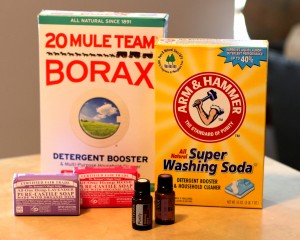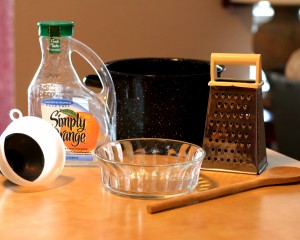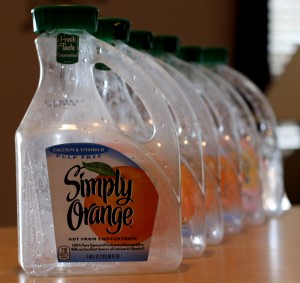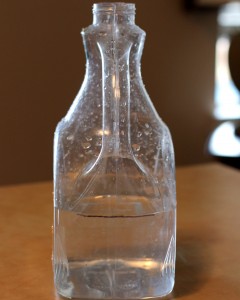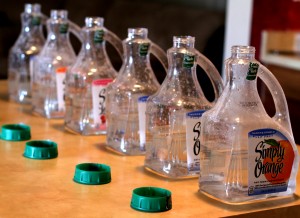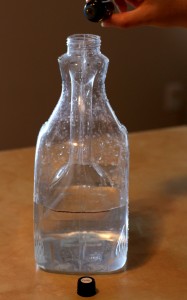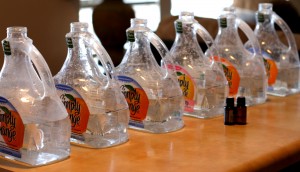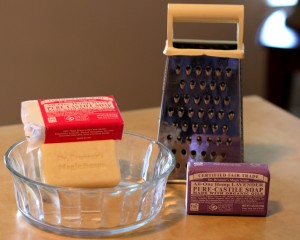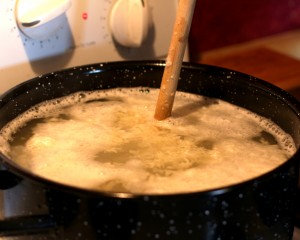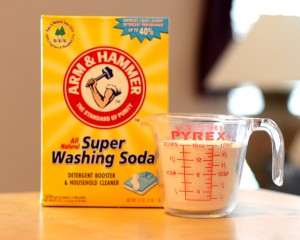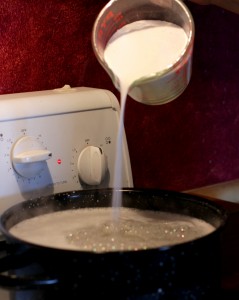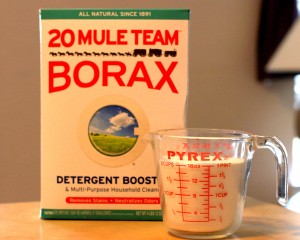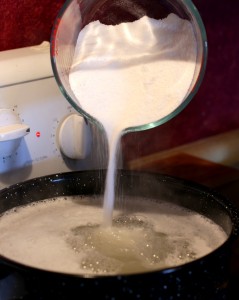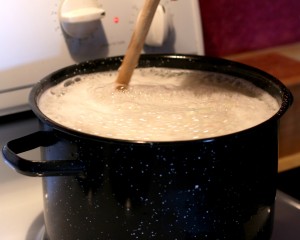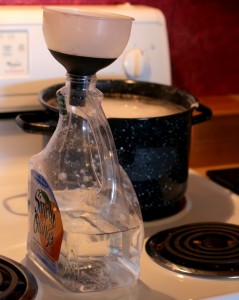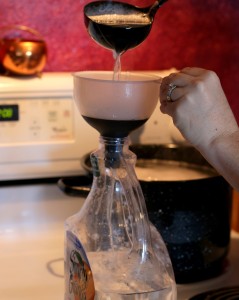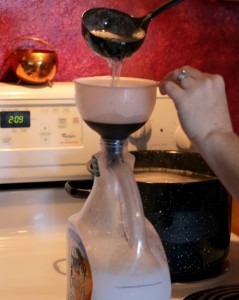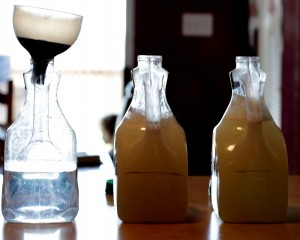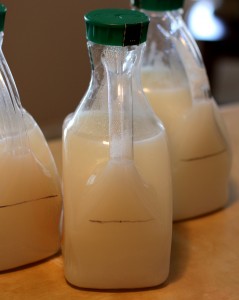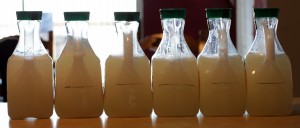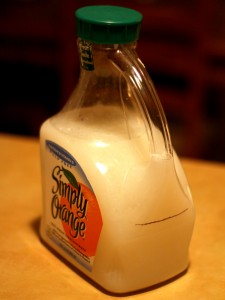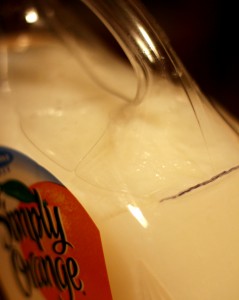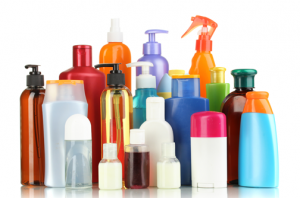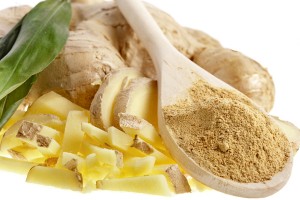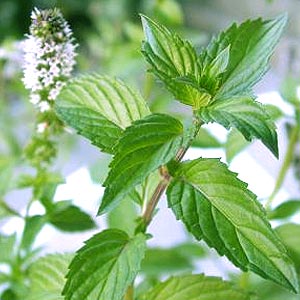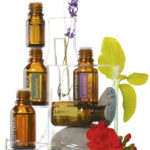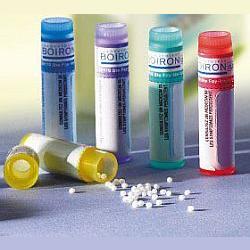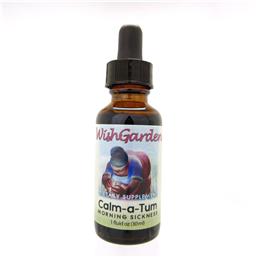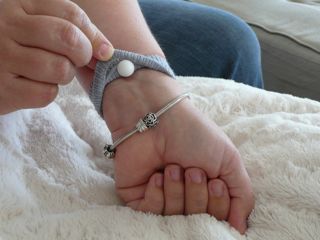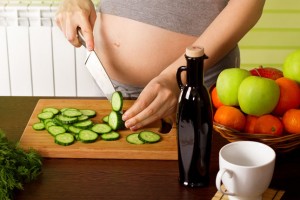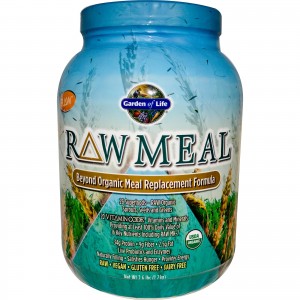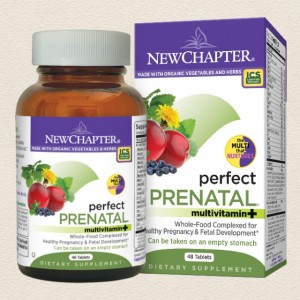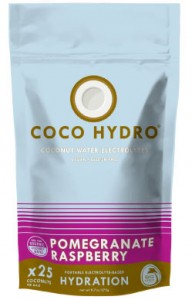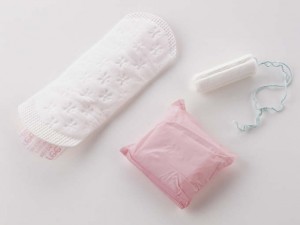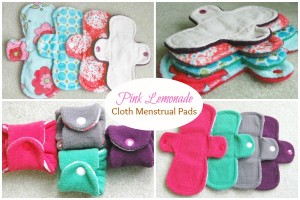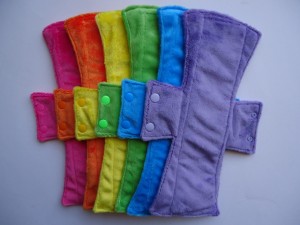Poetry
“Where the essence of our strength is found,
the limits of our weaknesses are discovered,
and who we once were is lost forever.
For with the first breathe of this ever so tiny one,
the marrow of our soul… finally lives.”
~ Shelby Miller
The Rose
My cervix is like a rosebud
Ready to Open
I am nurtured by those around me as the rose is nurtured by the soil
The rosebud gradually, ever so softly, opens and blossoms.
I open and blossom.
My cervix is soft and ripe like a rosebud.
I see the outer petals of te rose falling away
I see my cervix yielding like the outer petals of the rose.
Every contraction opens another petal of my rosebud cervix.
I welcome each contraction, which helps me open my rosebud cervix.
I welcome and receive all the nurturing around me, which helps me open.
Just like the warm sun opens the rose, the warmth I receive opens my cervix.
I yield and open.
The rose does not resist.
I open and blossom.
~ Barbara Harper “Gentle Birth Choices”
_________________________________
_______________
If we hope to create
a non-violent world
where respect and kindness
replace fear and hatred…
We must begin with how
we treat each other
at the beginning of life
For that is where
our deepest patterns are set.
From those roots
grow fear and alienation….
~ OR love and trust.
~Suzanne Arms~
________________________________________________
The Candle
Imagine that your pelvis is a candle with a flame in the middle
As my contractions come, the flame burns brighter.
My body is the wax of the candle, warming and yielding to the flame.
The more I breathe, the brighter the candle burns.
The wax melts and drips with each contraction.
My body becomes looser and opens to the flame.
I see my pelvis becoming soft and warm and pliable.
I breathe. With each contraction, the candle becomes softer.
I melt with the candle.
My breath helps the candle burn brighter, melting quicker.
I remain soft, warm, and yielding.
~ Barbara Harper “Gentle Birth Choices”
________________________________________________
Slow down mummy, there is no need to rush,
slow down mummy, what is all the fuss?
Slow down mummy, make yourself a cup tea.
Slow down mummy, come and spend some time with me.
Slow down mummy, let’s put our boots on and go out for a walk,
let’s kick at piles of leaves, and smile and laugh and talk.
Slow down mummy, you look ever so tired,
come sit and snuggle under the duvet and rest with me a while.
Slow down mummy, those dirty dishes can wait,
slow down mummy, let’s have some fun, let’s bake a cake!
Slow down mummy I know you work a lot,
but sometimes mummy, its nice when you just stop.
Sit with us a minute,
& listen to our day,
spend a cherished moment,
because our childhood is not here to stay!
~ Rebekah Knight
_____________________________________________
We’ve all been waiting for you.
For you.
Your arrival has been marked, has been recorded
on earth,
in the universe,
in the galaxies,
in all of space,
in all of time.
You come with a birthright, written in love and sung
through all Creation in words which promise
that no matter where you’re at,
you’re home
that no matter who you’re with,
you’re welcome
that no matter who you are,
you’re loved.
Welcome.
~ Rita Ramsey
________________________________________________
Through pain find strength
Through birth find healing
It is never easy to keep reaching for dreams
Strength and courage can sometimes be lonely friends.
But those who reach, walk in stardust.
~ Flavia
________________________________________________
They Invite Us In
women
who trust us
inviting us in
to share their secret passage
we count their moons with them
waiting for a pause
and in that suspension
we wait with them
fingers granted privileged entry
into innermost recesses
secrets shared
stories heard
lessons learned
they invite us in
to help their babies out
we dance with them
slowly
as they grow and wait
each day a little larger
new life jostling their ribs
until its stretching
threatens to burst
her fleshen bubble
and
at last
she is ready
taking your hand
she flows in and out of
the deepest shadow places
love and terror
the waves grip her
and
release
until she is ready
also
to release
you sing to her
breathe, my dear
hold her close
relax now, it’s over
help her see
she will not die
not today
at last
fire
then
water
and
for the first time ever
air
into tiny pink balloons
their love made
earth
elements
into a body
your hands felt it first
still one with her body
as it grew
ripened
and fell out
into
your waiting palms
you love this moment
this woman
this baby
then you entrust her back
into the arms of her mate
hoping he’s learned
even more
how grand she is
this bearer of life
~ Judy Edmunds (1997)
from Midwifery Today
________________________________________________
Birth
This exaggerated hip swing,
The rocking of my own cradle;
Relaxin relaxes my joints into soft sensual submission,
Allowing me to open, open, open.
How did I get here?
Oxytocic orgasm,
Estrogen and Progesterone, mounting, mounting, mounting,
Leaving me cry, cry, crying, over spilt milk.
How did I know I was here?
HCG whispered it in my ear
Two blue lines, in parallel
The tell tale sign, that every woman anticipates and fears.
Oxytocin awakes me at 2am,
I feel the pulling
The downward force
My body is moving
…without my permission.
Still, it says yes, and asks for more.
More oxytocin… more….
More pain, more force.
The hours go by…
I pace and dance
With my relaxin hip swing.
I feel the baby drop down
Down
Down.
Prostaglandins are massaging my cervix,
Softer, thinner,
Creating gentle passage for my child.
Down and through he slides…
Just when I think I can take no more,
When I can do no more to birth my child.
Endorphin release…
Things get less sharp…
The sights, the sounds, the pain.
Suddenly it is just me
And this child… Working together, a team.
Finally the time is coming
Rushes of oxytocin are overwhelming
I feel a rush of urgency and fear
Catecholomines.
Noradrenaline is telling me to get this baby out…
So I push…
My heart pounds and I push….
And I push…
And the child bursts forth, and lies before me…
Shakes its head and begins to scream.
I feel something come over me,
Something I never knew I could feel
Overwhelming love, intoxicating….
I hold my child on my chest,
He slowly bobs towards my breast.
I watch him with tears in my eyes.
Prolactin and oxytocin bring me so close to my child.
These hormones have made me a mother today.
~ Stephanie Elliott
________________________________________________
The Birthsong
The night is still, the moon full and bright
She feels it approaching, her belly once again tight
All is in ready the time’s finally come
She’s hoping her baby will be here by the rising of the sun.
The song begins gently, moving slowly at first
The courage, the fear, the love, the hope and the mirth
Some sing quite softly and some loud and strong
Their babies emerge as they sing the Birthsong
Time becomes frozen as woman by woman, birth by birth
They’re all connected through their bodies & songs
It knows no boundaries, no color, no races
It fills all their bodies, their hearts, souls and faces.
The sounds of each woman as she sings the Birthsong
Her breathing grows faster as each new wave moves within
She remembers to let go, to surrender again
She opens her eyes and sees her partner, her lover, her friend
Remembering with tenderness their choice to begin
The song begins gently, moving slowly at first
The courage, the fear, the love and the hope
Some sing quite softly and some loud and strong
Their babies emerge as they sing the Birthsong
Time becomes frozen as woman by woman, birth by birth
They’re all connected through their bodies & songs
It knows no boundaries, no color, no races
It fills all their bodies, their hearts, souls and faces.
The sounds of each woman as she sings the Birthsong
The songs been completed the babe’s in her arms
Both teary eyed parents are moved by it’s charms
The song appears ended at least in this room
But I’ll hear it eternal with other bright moons.
The song begins gently, moving slowly at first
The courage, the fear, the love, the hope and the mirth
Some sing quite softly and some loud and strong
Their babies emerge as they sing the Birthsong
Time becomes frozen as woman by woman, birth by birth
They’re all connected through their bodies & songs
It knows no boundaries, no color, no races
It fills all their bodies, their hearts, souls and faces.
The sounds of each woman as she sings the Birthsong
~ Dana Beardshear
The Birthing Dance
Come to me, My Child
Secret longing of my inner heart
Breath of spirit
Wandering the cosmos
Choosing your next lifepath
Seeking sanctuary in my womb
Visions of you stir my dreams
Your gentle essence drifting inward
Merging into matter
Coming into consciousness
Birthing into being
Your tender wisdom speaks
The ancient knowledge
of a mother’s power
Our bodies grow together
Two as one
Turning round, in birthing dance
You lead me
Opening the circle corridor
Descending into unhindered ecstasy
Into my arms.
~ Judie C. McMath
